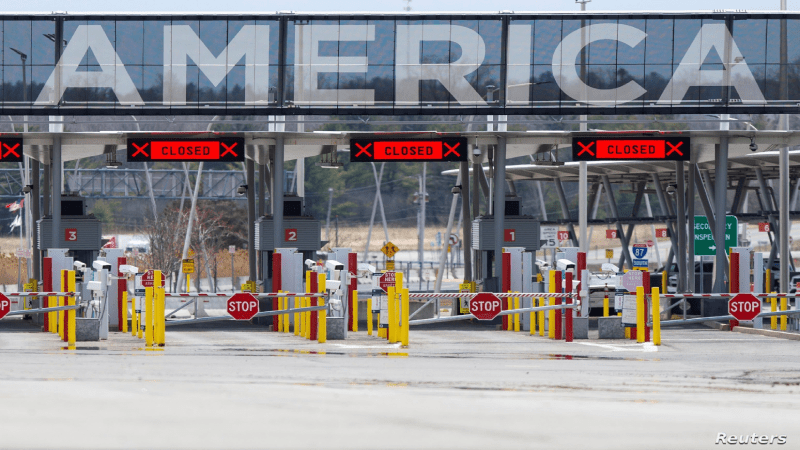The travel industry in the United States is facing significant challenges amidst the introduction of a new visa integrity fee of $250, set to take effect on October 1, 2025. This fee is raising alarm as it comes at a time when the number of international visitors to the US is already on a decline, amplifying concerns for numerous stakeholders in the industry.
With the new fee included, the total cost of a US tourist visa will reach $442, placing it among the highest visa fees globally alongside those of Australia and the UK.
The increase in costs could further strain families and groups planning to travel to the United States, particularly those from lower-income countries or budget-conscious travelers. The estimated expense for a one-week trip to the US is already nearing $2,000 per person, and the additional visa fee will only exacerbate this financial burden.
This new fee primarily targets travelers from non-visa waiver countries, including nations like Argentina, Mexico, India, Brazil, and China. In contrast, citizens from EU countries included in the US Visa Waiver Program and the UK will remain unaffected, as they can visit the US for up to 90 days with an approved ESTA.
The implications of this fee are likely to influence travel patterns as key markets in Latin America may reassess their travel plans to the US. According to statistics, Mexico saw a 14% increase in arrivals, Argentina experienced a 20% boost, and Brazil recorded a 4.6% rise as of May 2025. However, the heightened costs could redirect these travelers to alternative destinations.
Moreover, there have already been notable declines in travel from Asia and Europe. For instance, Indian visitors to the US diminished by 2.4% in 2025, with a staggering 18% reduction in student arrivals. Arrivals from China are over 53% lower than pre-pandemic levels in 2019. Data from the US National Travel and Tourism Office indicates similarly concerning trends across Western Europe, with a decline of 19% in Danish visitors, a drop of 10% from Germans, and a 6.6% fall from the French in the first seven months of this year.
The reasons for this downturn in travel have been extensively documented. Factors such as strict immigration policies from the Trump administration, new tariffs, and cuts to foreign aid have all contributed to making the United States a less attractive destination. Furthermore, a program initiated in August requires certain travelers to post bonds of up to $15,000 to mitigate the risk of visa overstays, thus complicating the entry process even further.
The economic consequences of these developments are evident in the numbers. International arrivals (excluding Canada and Mexico) fell by 1.6%, translating to a loss of over 3 million visitors compared to 2024. July alone recorded a 3.1% year-over-year decrease, totaling 19.2 million visitors and marking five consecutive months of decline.
Projected recovery to pre-pandemic levels of 79.4 million visitors now seems out of reach. According to the World Travel & Tourism Council, international visitor spending is anticipated to fall below $169 billion this year, down from $181 billion in the previous year. This decline could potentially jeopardize thousands of jobs in the travel sector and pose a risk to major upcoming events such as the 2026 FIFA World Cup and the 2028 Los Angeles Olympics.



